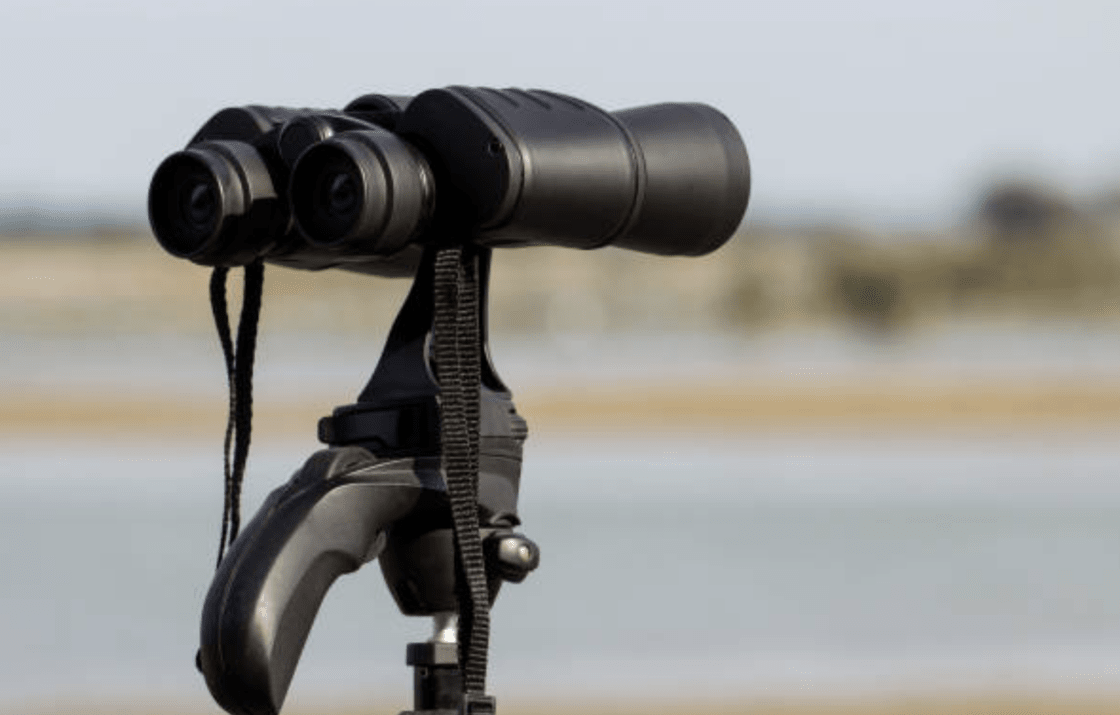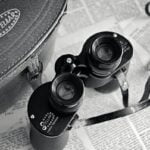Picture you’re out in the woods, ready for a day of birdwatching or maybe scouting wildlife. You’ve got your gear packed, but you’re staring at your options—binoculars in one hand, a spotting scope in the other. Which one do you bring? Or, if you haven’t bought either yet, which one do you choose?
If you’ve found yourself in this dilemma, you’re not alone. Both binoculars and spotting scopes are great tools for outdoor enthusiasts, but they have different strengths. Understanding this can make all the difference when you’re out in the field.
What Are Binoculars?
Binoculars are your classic outdoor companion—two lenses, one for each eye, and a compact design that lets you see the world up close without sacrificing mobility. They’re designed for versatility, making them a favorite for birdwatchers, hikers, and even sports fans.
Advantages:
- Portability: They’re lightweight and easy to carry on a strap around your neck or in your backpack.
- Ease of Use: Binoculars are straightforward—look through the lenses, adjust the focus, and you’re set.
- Quick Focus Adjustment: Perfect for quickly spotting and following fast-moving animals, especially birds.
Disadvantages:
- Limited Magnification: Binoculars typically max out around 10-12x magnification, so they’re not ideal for spotting distant objects in detail.
- Field of View: While they offer a wide view, the detail isn’t as sharp compared to higher-powered options.
What Is a Spotting Scope?
Spotting scopes are the heavy hitters in the optics world. They’re like telescopes but built for daytime use and land-based observation. With a single, powerful lens, they’re the go-to tool when you need to see far—really far.
Spotting scopes are commonly used for:
- Birdwatching (especially when spotting species from a distance)
- Hunting (scouting game over long distances)
- Target shooting (seeing those bullseye hits from afar)
- Stargazing (yep, they work great for checking out the moon too!)
Advantages:
- High Magnification: They often range from 15-60x magnification, so you can get up-close detail that binoculars simply can’t provide.
- Clear, Sharp Detail: With higher power comes better clarity, which is perfect for long-distance viewing.
Disadvantages:
- Bulky: These aren’t exactly pocket-sized. Most spotting scopes are heavier and require a bit more space in your pack.
- Setup Required: To get the best experience, you’ll need a tripod. Hand-holding a spotting scope for extended periods can be tricky (unless you like shaky, blurry views!).
- Price Point: Because of the advanced optics, spotting scopes are often more expensive than your average pair of binoculars.
Check out our post on best spotting scopes for under $500
Key Differences Between Binoculars vs Spotting Scopes
Let’s dive into what sets these two apart:
- Magnification Power
- Binoculars: Generally lower (7-12x) but easier to use on the go.
- Spotting Scopes: Higher (15-60x or more) but less convenient for quick use.
- Field of View
- Binoculars: Wider, making them better for tracking fast-moving objects like birds.
- Spotting Scopes: Narrower, focusing on a specific point, perfect for detailed observation.
- Portability
- Binoculars: Lightweight, easy to carry, and perfect for hikers and explorers.
- Spotting Scopes: Heavier, bulkier, and typically require a tripod for optimal use. Best for stationary observation.
- Setup and Convenience
- Binoculars: Instant setup—just raise them and focus.
- Spotting Scopes: Typically need time to set up with a tripod, which can slow you down.
- Price Point
- Binoculars: Generally more affordable, with great models available for under $300.
- Spotting Scopes: Can range from mid-range to premium, often costing more due to their advanced optics.
The team from Bushnell summarise it well:
“Binoculars are ideal for fast-moving situations where tracking is essential, while spotting scopes excel in situations requiring precision and detail”
Which One Should You Choose?
It really comes down to what you need and how you plan to use it.
- If you’re a birdwatcher or hiker who values mobility and convenience, binoculars are the way to go. They’re lightweight, easy to use, and perfect for tracking animals on the move.
- But if you’re the kind of person who loves setting up shop and getting a close, detailed look—whether it’s for hunting, birdwatching from a distance, or even a bit of stargazing—a spotting scope will be your best friend. Sure, it’s bulkier and requires some setup, but the view will be unmatched.
Pro Tip: If you can, try out both options at a store or borrow from a friend before making your choice. You might find that one feels more comfortable or fits your style better than the other.
Conclusion
At the end of the day, both binoculars and spotting scopes are fantastic tools for outdoor enthusiasts. It’s all about choosing the one that matches your needs. Remember, binoculars are great for versatility and mobility, while spotting scopes excel in detailed, long-distance viewing.
Looking for the best options? Check out our guides on the top-rated binoculars and spotting scopes to help you pick the perfect one for your next adventure. Trust me, you won’t want to miss the views these beauties can offer!


